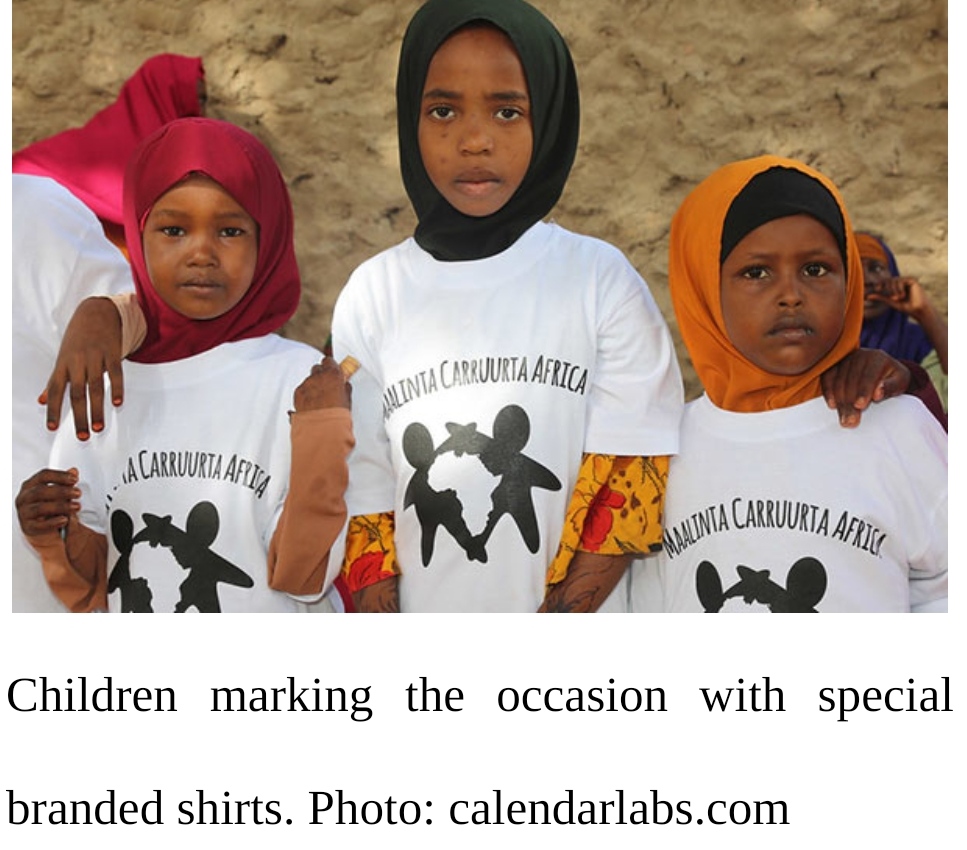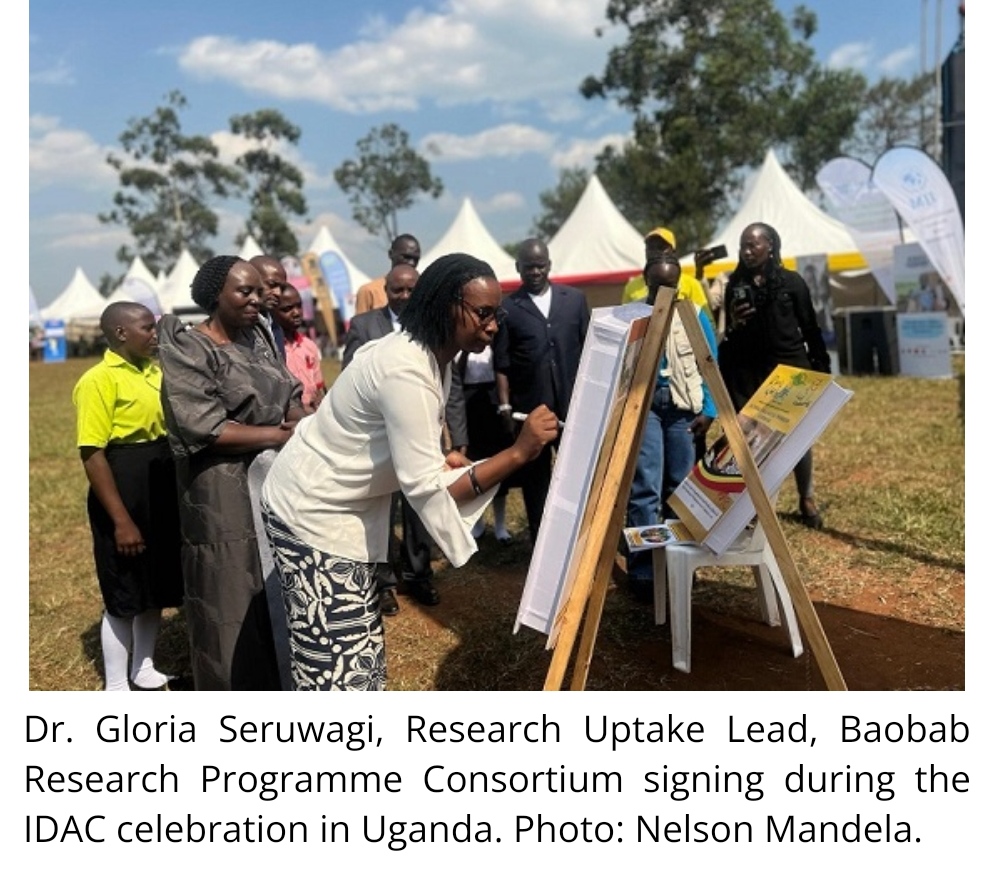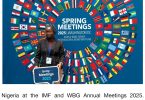On June 16th every year, the continent of Africa and its global diaspora pause to remember. The Day of the African Child is a day of collective memory, yes but more urgently, it is a call to conscience. Established in the aftermath of the tragic Soweto Uprising of 1976, when schoolchildren in apartheid South Africa took to the streets to protest poor educational conditions and the imposition of Afrikaans in schools, the day reminds us of the price of silence and the cost of inaction.
Nearly 50 years on, the memory of Soweto still lives among us as a reminder of where the continent is coming from, so as not to return. The Day of the African Child is not merely ceremonial; it is rooted in the African Charter on the Rights and Welfare of the Child, a continental framework that aims to guarantee the rights of every child born under the African sun.
This year’s theme is Planning and Budgeting for Children’s Rights: Progress Since 2010, and it is both timely and telling. It speaks not only to the aspirations the continent holds for its children but to the systems that have been built or failed to build to support them.

Nigeria: A Study in Contrast
In Jos, Plateau State, the local branch of the International Federation of Women Lawyers (FIDA Nigeria) chose action over rhetoric. Led by its chairperson, Na’ankus Fyaktu, FIDA marked the day with a visit to the pediatric ward of Jos University Teaching Hospital (JUTH), bringing with them toiletries, snacks, drinks, and even new window blinds. Small items, perhaps, but big in symbolism.
One of the patients, Beatrice Tankat from Langai District, spoke for many when she said the gifts “brought smiles and a sense of hope.” The hospital’s management, represented by Director of Administration Roseline Sani, praised FIDA’s consistent support.
But the smiles in Jos stand in sharp contrast to the grim national picture. Nigeria’s Minister of Women Affairs, Imaan Sulaiman-Ibrahim, laid it bare: over 10.2 million children remain out of school. Around 44% of girls are married before they turn 18. This is not just a crisis; it is a slow-burning emergency.

“Every naira not invested in child development leaves a void in our national destiny,” the Minister warned in a statement. Her call was unequivocal: children must no longer be statistical afterthoughts but instead must be strategic priorities. Policies must leave the boardroom and meet children where they are: in rural classrooms, in underserved clinics, in crowded IDP camps, in vulnerable homes.
This theme of urgency echoed in the position taken by SOS Children’s Villages Nigeria. In their statement, Advocacy Manager Rhoda Daniel Ocheche emphasized that while policy-level improvements have been made in health, education, and nutrition since 2010, their execution remains mainly performative. In 2021, only ₦127 billion of the ₦742 billion allocated for capital projects in education was released. The gap between budget and benefit remains wide.
What the organization demands is not merely more money, but smarter funding that is timely, coordinated, and transparently monitored. Their call for strengthened alternative care systems and family support programs underscores an uncomfortable truth: a nation that underfunds its children is bankrupting its future.
Uganda: A Different Drumbeat, The Same Cry
Across the continent in Uganda, national celebrations took place in Kamwenge District, opening with a children’s dialogue that laid bare harsh realities: lack of basic learning materials, corporal punishment in schools, domestic abuse, early marriage, and community violence.
The children’s recommendations were as pragmatic as they were poignant. They asked for more professional teachers and social workers, better schools, accessible health centers, and platforms where their voices could be heard. Their requests weren’t extravagant, but they were essential and long overdue.
Mr. Ngabirano Fred, Commissioner for Youth and Children Affairs, highlighted Uganda’s progress, including the inclusion of child welfare in the National Development Plan, a National Child Policy, and strategies to end child marriage. However, the challenge remains one of scale and speed. As he put it, Uganda’s youth comprises 56% of its population. It is either its most significant asset or its most outstanding liability, depending on the choices made today.
Dr. Gloria Seruwagi of the Baobab Research Program drove the point home: data and evidence must drive child protection efforts. A school-based screening intervention she cited identified 653 cases of violence against children in just five months.
UNICEF’s representative in Uganda, Ms. Susan Birungi, brought a sense of moral urgency to the proceedings:
“Let the Day of the African Child be more than a ceremonial occasion. Let it mark a turning point; a moment where we shift from commitment to bold, sustained action.”
Her call for stronger coordination, better data, and increased investment wasn’t new. But her emphasis on urgency was piercing. “The protection and well-being of Uganda’s children can no longer be postponed or negotiated.”
Written by Dr. Florence Omisakin








